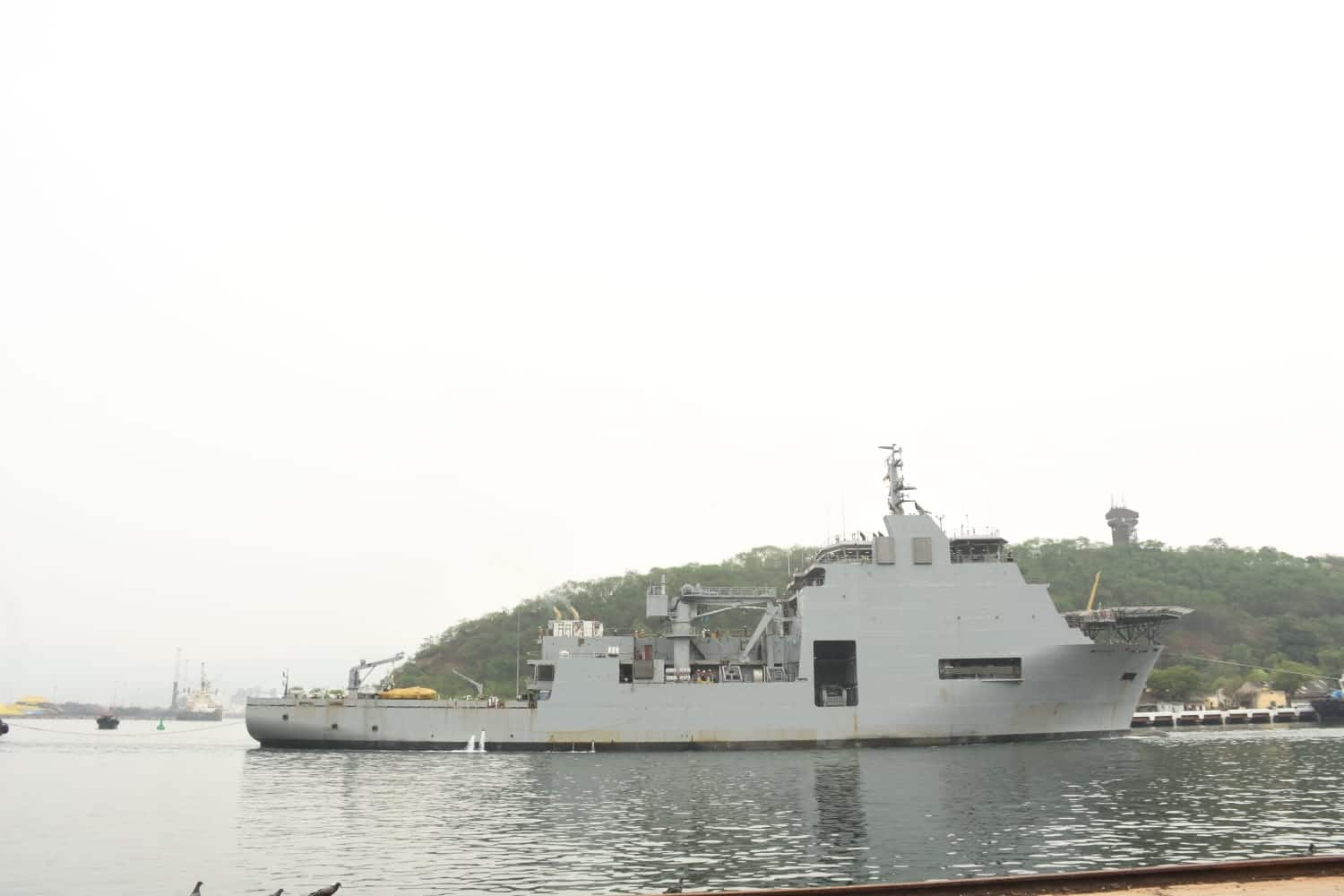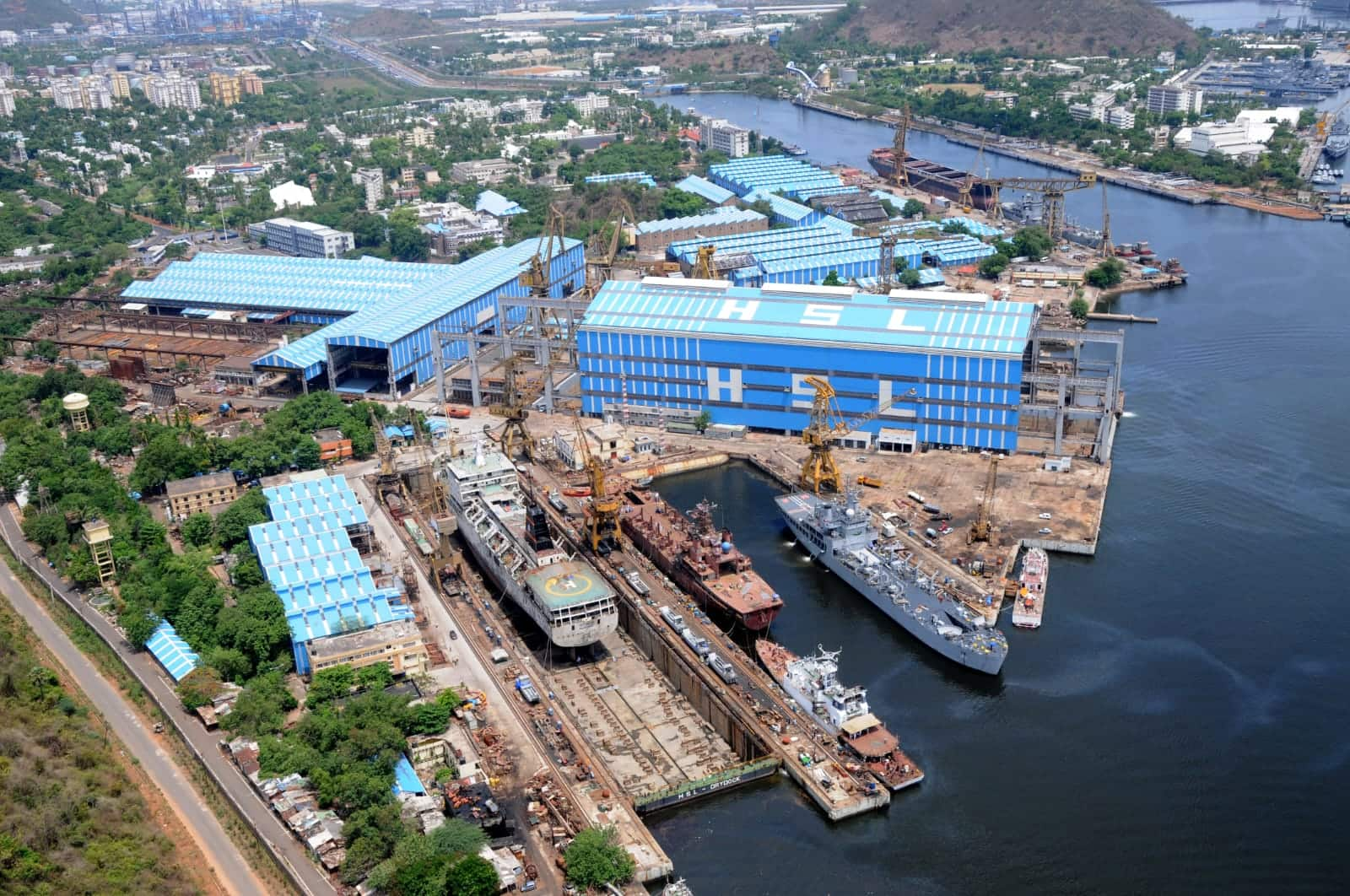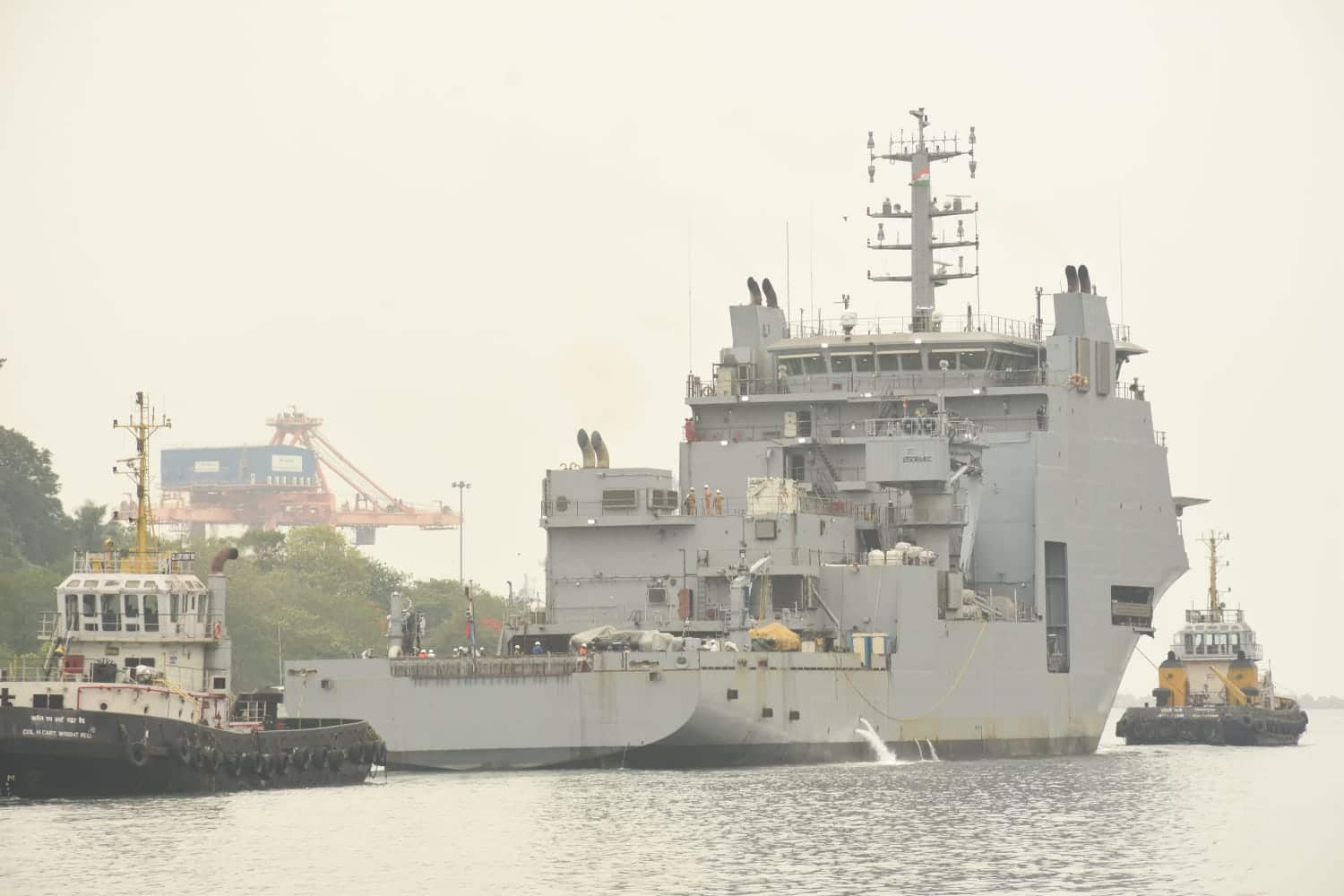New Delhi: With maritime security dynamics rapidly evolving in the Indian Ocean Region (IOR), India's naval capability requires strategic, technological leaps forward to maintain readiness and ensure regional stability. The recent completion of rigorous diving trials of the 's indigenously built Diving Support Vessel (DSV), Nistar, represents precisely such a leap — a significant advancement in India's deep-sea capabilities and naval rescue infrastructure.
Built by Hindustan Shipyard Limited (HSL), Nistar is an advanced platform emerged after an extended hiatus in naval shipbuilding at HSL, making this project a defining milestone in the shipyard’s storied history.
Filling a Critical Capability VoidBefore the Nistar project, HSL had spent nearly thirty years without naval orders involving high-complexity vessels.
Since the mid-1990s, the shipyard's operations revolved primarily around building commercial platforms such as bulk carriers, barges, and support vessels, which require relatively simpler technical capabilities.
Breaking this decades-long interval, the Navy entrusted HSL not with a standard warship like a frigate or a destroyer but with a uniquely sophisticated project: India's first DSV.
Undertaking a complex platform of unprecedented technical challenges, HSL successfully overcame considerable hurdles, showcasing its revitalised engineering competence and firmly positioning itself among an exclusive global group capable of constructing highly specialised maritime vessels.

At approximately 8,500 tonnes displacement and 120 meters in length, Nistar is meticulously designed to carry out a wide array of critical naval missions, including submarine rescue, deep-sea diving operations, offshore support, and scientific research.
Built to rigorous international standards, this vessel elevates India's position as one of the few nations worldwide possessing independent capabilities to construct complex deep-sea rescue platforms.
Central to Nistar's functionality is its advanced Dynamic Positioning (DP-II) system, enabling the vessel to maintain precise positioning in turbulent ocean conditions automatically.
This cutting-edge system dramatically enhances operational safety and effectiveness during submarine rescue missions and intricate deep-sea explorations.
The vessel further incorporates a sophisticated Submersible Decompression Chamber (SDC), commonly referred to as the Diving Bell.
Deployed and recovered through a precision-engineered moon pool system in the ship’s hull, this feature significantly increases diver safety by providing controlled, secure access to deep underwater environments.
Sophisticated Rescue Systems and Underwater CapabilitiesNistar’s most strategically vital role revolves around submarine rescue — a domain increasingly critical amid growing submarine fleet activities within the Indo-Pacific region.
Complementing its Diving Bell, the vessel hosts a unique Self-Propelled Hyperbaric Lifeboat (SPHL), providing divers with a rapid, safe evacuation system from extreme underwater pressures — an asset possessed by only a select few global naval rescue ships.
An advanced deep submergence rescue vehicle (DSRV) further bolsters Nistar’s rescue capabilities.
In submarine emergencies, the DSRV swiftly docks underwater with distressed submarines, safely extracting and transferring crew members to the surface.
This indigenous capability significantly reduces India's previous dependence on foreign support, ensuring timely, self-reliant underwater response operations.
Two sophisticated Observation Remotely Operated Vehicles (OROVs) enhance operational versatility. Equipped with independent Launch and Recovery Systems (LARS), these remotely controlled vehicles allow precise subsea inspections, searches, salvage operations, and scientific exploration at depths unsafe or unreachable for human divers.
Additionally, the vessel incorporates a heavy-duty marine crane equipped with active heave compensation, essential for precisely handling loads in rough seas.
This system facilitates the safe deployment and recovery of subsea equipment, further ensuring operational safety and reliability.

This significant transformation in Hindustan Shipyard's capabilities took place under the pragmatic leadership of its current Chairman and Managing Director, Commodore Hemant Khatri (Retd), whose tenure has witnessed proactive modernisation initiatives and strategic planning.
By investing in infrastructure upgrades—such as introducing a 300-ton Goliath crane, improving slipways, and establishing technology collaborations — the CMD has guided HSL towards delivering highly advanced naval vessels like Nistar, significantly enhancing India's maritime industrial stature.
Strengthening Maritime Self-Reliance and Industrial EcosystemNistar exemplifies India’s successful push towards defence manufacturing self-sufficiency. Achieving approximately 80 percent indigenous content, the project actively involved more than 120 MSME vendors, highlighting India's mature and capable industrial ecosystem.
MSME integration not only ensures robust and sustainable maritime innovation but also boosts regional employment, skill-building, and economic development, making this project a replicable model for future naval initiatives.
With Nistar’s operationalisation, India is adding more than a capable rescue platform to its naval inventory.
It represents a strong statement of strategic commitment, domestic innovation, and maritime self-reliance.
As geopolitical tensions intensify within the Indo-Pacific maritime domain, the strategic value and relevance of India’s indigenous DSV will undoubtedly grow, enhancing India's standing as a decisive maritime force capable of effectively promoting regional stability, security, and cooperation.
You may also like

Tense situation in Lucknow over Ambedkar's statue: Police deployed, situation normal, says DCP

Tiger Woods ordered Rolex for Masters accomplice before making luxury yacht gesture

Man murders wife at southwest Delhi home, stages suicide

Agartala: Tension in Kailashahar over protest rally demanding withdrawal of Waqf law

Lesser-known fruit lowers blood pressure, chronic inflammation and ageing issues







